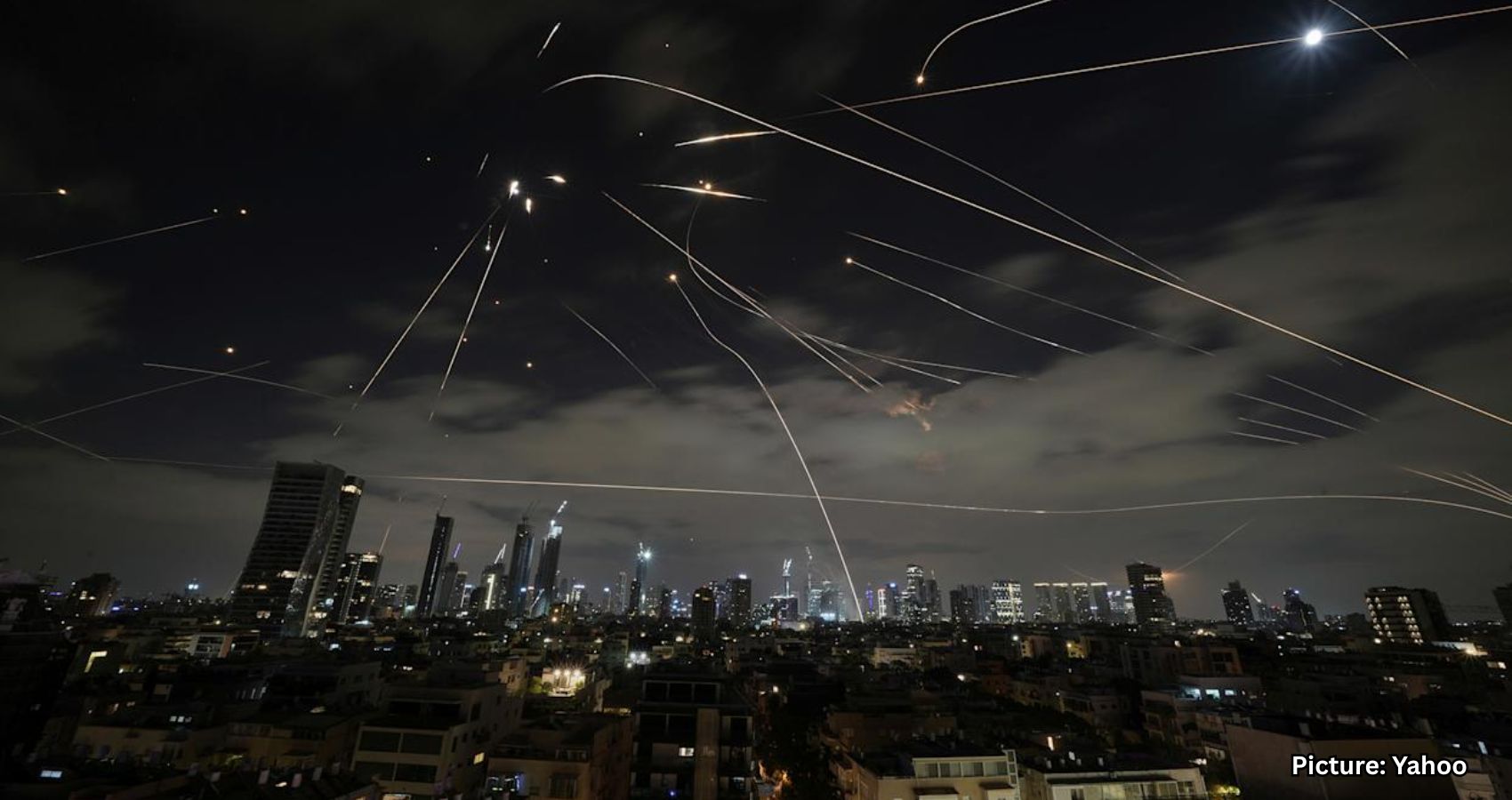The fifth day of open hostilities between Israel and Iran has seen an escalation of attacks, with both countries trading strikes and civilians bearing the brunt of the conflict. The situation has turned increasingly deadly, with at least 224 people reported killed in Iran and 24 fatalities confirmed in Israel since the outbreak of violence.
As the fighting intensifies, U.S. President Donald Trump made the unexpected decision to leave the G7 summit in France a day ahead of schedule, citing the need to return to Washington to deal with the crisis. French President Emmanuel Macron disclosed that the United States had put forward a ceasefire proposal, suggesting a possible diplomatic channel to contain the violence. Trump, in a stark warning, advised Iranians to leave the capital, Tehran, pointing out the severe risk posed to its population of 10 million.
In a statement likely to inflame tensions further, Israeli Prime Minister Benjamin Netanyahu asserted that the Israeli strikes had dealt a significant blow to Iran’s nuclear ambitions. “I estimate we are sending them back a very, very long time,” he said, referring to the impact of Israeli attacks on key elements of Iran’s nuclear infrastructure. According to reports, Israel had targeted three of Iran’s most vital nuclear facilities along with top nuclear scientists. However, the full extent of the destruction remains unknown.
Iran’s state media announced that the death toll from an Israeli strike on the country’s national broadcasting headquarters has increased. The Islamic Republic of Iran Broadcasting (IRIB) was hit during the series of airstrikes. Two individuals have been confirmed dead: Nima Rajabpour, a news editor, and Masoumeh Azimi, an administrative worker. The Iranian state-run news agency IRNA confirmed the casualties in what they called a targeted strike on a civilian institution.
Meanwhile, the Group of Seven (G7) leaders issued a joint statement on Monday calling for a peaceful resolution to the spiraling Iran-Israel crisis. The statement, initially met with hesitation by President Trump, ultimately received his endorsement after diplomatic language revisions were made. An official familiar with the matter stated that “after changing some of the language in the document — including calls for a diplomatic resolution to the crisis and upholding international law — Trump signed off.”
The finalized G7 declaration included a broad appeal to reduce conflict in the Middle East. “We urge that the resolution of the Iranian crisis leads to a broader de-escalation of hostilities in the Middle East, including a ceasefire in Gaza,” read the official statement, attributed to the collective “G7 leaders.” Such wording typically indicates unanimous agreement among participating nations.
The diplomatic efforts appeared to intensify following Trump’s departure from the summit. According to one official familiar with the sequence of events, Trump had earlier signaled he would not endorse the draft version of the G7 statement, which had been crafted primarily by European leaders. However, as the language of the statement was adjusted to align more closely with American positions—particularly the emphasis on diplomacy and international law—Trump agreed to support the document.
The joint declaration reaffirmed the commitment of the G7 nations to restoring calm in the Middle East. “The statement said the G7 leaders ‘reiterate our commitment to peace and stability in the Middle East,’” the official confirmed. Although CNN reached out to the White House for additional comments, no official response was immediately provided.
Trump’s early exit from the summit was seen by some as a sign of the gravity with which Washington is viewing the current hostilities. Before boarding his flight, he emphasized the urgency of monitoring the ongoing military developments between Israel and Iran, implying that further escalation might require a coordinated international response or heightened American involvement.
Back in the Middle East, the human toll continues to rise. The reported casualties in Iran have already reached over 220, signaling the scale and severity of Israel’s air campaign. Iran’s government has yet to provide a comprehensive damage assessment of the targeted nuclear facilities, but analysts warn that any substantial destruction could provoke a long-term crisis over nuclear proliferation and regional security.
The strike on Iran’s state media building has also intensified global concern over civilian targets being drawn into the conflict. The deaths of Nima Rajabpour and Masoumeh Azimi are being cited by Iranian officials as evidence that Israel is deliberately attacking civilian infrastructure, a charge that Israel has not publicly addressed.
On the Israeli side, the casualty count has reached 24, with several regions facing rocket attacks and retaliatory drone strikes. While Israel’s military has not released detailed operational updates, Prime Minister Netanyahu remains adamant that the country’s strategic objectives are being met. “I estimate we are sending them back a very, very long time,” he reiterated, implying that Israel’s targeting of Iran’s nuclear apparatus was both preemptive and successful.
This unfolding conflict now places the global community at a crossroads, with the G7’s joint statement reflecting a shared interest in de-escalation. Still, observers caution that even with high-level diplomatic interventions, the dynamics on the ground could outpace efforts to secure a ceasefire.
Although the call for peace and stability is loud and clear from world leaders, there is growing skepticism about whether either Israel or Iran is ready to halt military operations. The possibility of the crisis spilling over into other flashpoints, such as Gaza and southern Lebanon, is now a major concern for international security analysts.
With the G7 summit concluding and the U.S. President returning home, attention is now turning to how Washington might further influence developments. Whether Trump’s backing of the ceasefire language and the G7 resolution will lead to any immediate diplomatic breakthrough remains uncertain.
At the very least, the joint G7 statement has managed to articulate a consensus among major world powers, even as missiles continue to fly and families mourn their dead. The test ahead lies in translating those words into action—before the cost of war climbs even higher.

